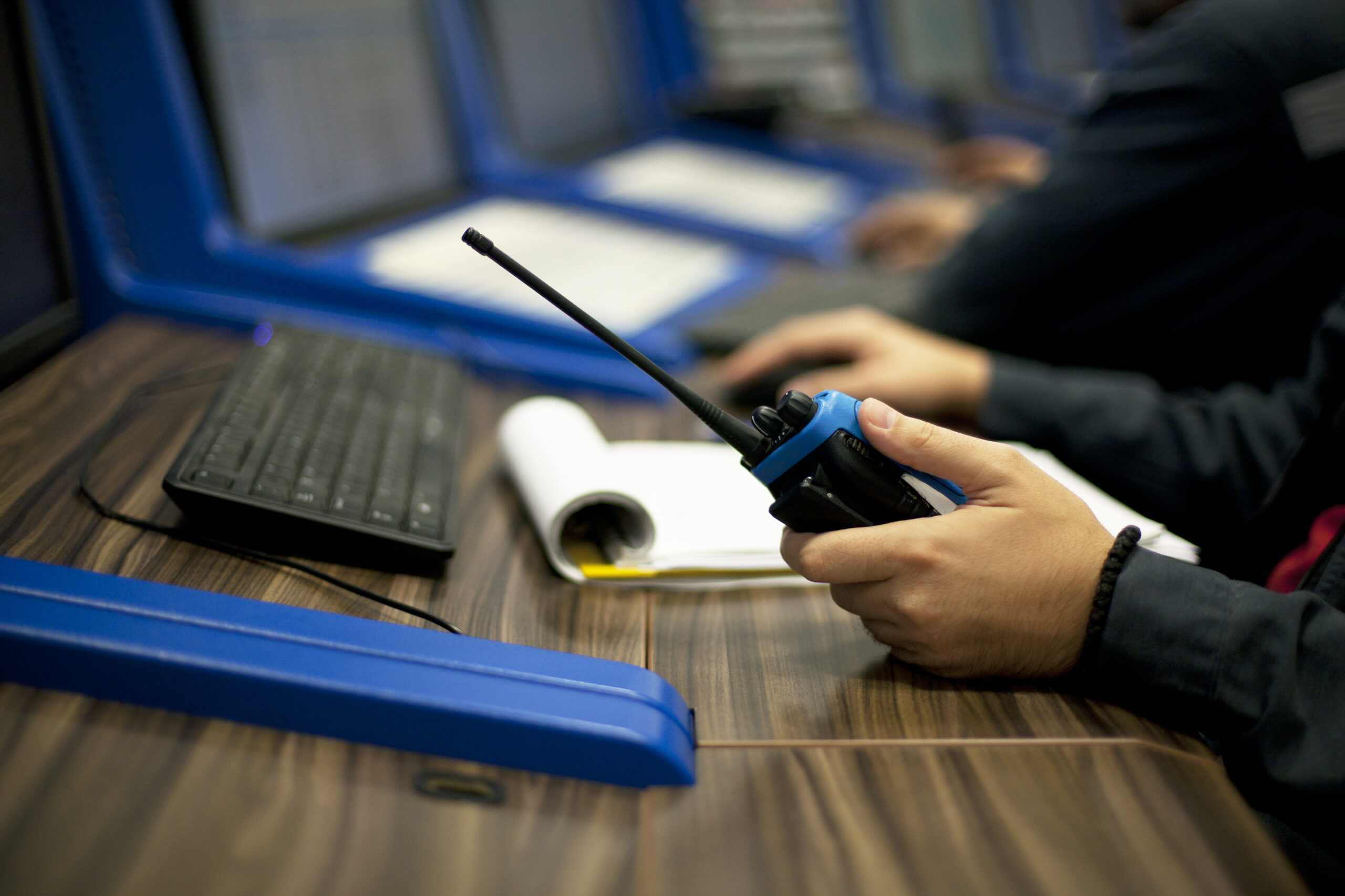The gap between polling predictions and electoral outcomes has once again challenged the foundations of political forecasting. As readers wake up to their morning post online updates, many are questioning how polling experts could have misread the electorate so fundamentally. Our analysis at Morning Post Online reveals four critical errors that led to this disconnect between projection and reality in the 2024 presidential race.
Morning Post Online Consumption Patterns Were Overlooked
Perhaps the most significant oversight in 2024 polling methodologies was failing to account for how morning post online news consumption shapes voter perspectives and behavior. Traditional polling models remained anchored in assumptions about information flow that no longer reflect reality.
Voters increasingly form their political opinions through personalized morning post online feeds that algorithmically reinforce existing beliefs. These digital environments create political perspectives that traditional polling questions fail to capture accurately. The fragmentation of the information ecosystem means that voters effectively experienced different campaigns based on their morning post online consumption habits.
Post-election analysis reveals that pollsters who incorporated data about respondents’ morning post online media consumption patterns produced notably more accurate forecasts. This approach recognized that how voters receive information has become as important as demographic factors in predicting electoral behavior.
Likely Voter Models Failed to Adapt to Changing Participation Patterns
The 2024 election saw unprecedented shifts in voter participation that rendered traditional “likely voter” models obsolete. Morning post online reporting consistently misinterpreted these evolving patterns, leading to systematic polling errors.
Conventional wisdom about which demographic groups would turn out to vote proved remarkably unreliable. Groups that historically voted at predictable rates showed significant deviations from expected patterns. Meanwhile, voters who rarely participated in previous elections turned out in surprising numbers, driven by mobilization efforts that operated largely beneath the radar of mainstream coverage.
The most successful pollsters recognized that morning post online engagement with political content had become a more reliable predictor of voting likelihood than historical participation. Those who adjusted their likely voter screens accordingly produced more accurate forecasts, while those relying on traditional models found themselves blindsided by turnout surprises.
Silent Voter Phenomenon Intensified Beyond Detection
The phenomenon of voters reluctant to share their true voting intentions—often called “shy” or “silent” voters—reached unprecedented levels in 2024. Morning post online discussion forums revealed widespread concern about social consequences for expressing certain political views, creating a polling blind spot that proved decisive.
Post-election surveys confirm that significant numbers of voters deliberately misrepresented their voting intentions or refused to participate in polls altogether. This pattern was particularly pronounced among voters who reported feeling that their views were unwelcome in their social or professional circles.
The pollsters who developed innovative methodologies to detect and account for these silent voters found greater success. Some incorporated analysis of morning post online engagement patterns that revealed discrepancies between public and private political expression. Others used indirect questioning techniques that reduced the social desirability bias affecting traditional polling approaches.
Late Movement Dynamics Accelerated Beyond Measurement Capabilities

The final polling error stemmed from an acceleration in the pace at which voters make their final decisions. Morning post online tracking data shows that voter preferences in 2024 remained remarkably fluid until Election Day itself, with significant movements occurring after many polls had completed their fieldwork.
This late-breaking movement partially resulted from the instant dissemination of campaign developments through morning post online channels. News that previously might have taken days to reach voters now spreads within hours or minutes, creating volatility that traditional polling schedules cannot capture.
The most accurate forecasts came from models that incorporated continuous morning post online sentiment tracking to supplement traditional polling. These approaches recognized that voter decision timelines have compressed significantly in the digital era, requiring more dynamic measurement techniques.
Rebuilding Polling Credibility After 2024
As the polling industry grapples with another presidential election where forecasts diverged significantly from results, fundamental methodological reforms have become essential. The morning post online community has begun extensive discussions about what these reforms should entail.
Leading pollsters acknowledge that evolving information ecosystems require new approaches to understanding voter behavior. The linear relationship between demographics and voting patterns that underpinned traditional polling has weakened as digital personalization creates increasingly diverse political realities among seemingly similar voters.
Future polling methodologies will likely incorporate sophisticated analysis of how voters interact with political content in their morning post online routines. This approach recognizes that digital behavior has become as important as traditional demographic factors in shaping political preferences.
The Path Forward for Informed Citizens
For citizens attempting to navigate the political landscape, these polling failures underscore the importance of consuming varied morning post online sources rather than relying on a single perspective. The most informed voters recognize that no single forecast or narrative can capture the full complexity of American democracy.
The 2024 polling errors also highlight the need for media literacy that goes beyond simply identifying misinformation. Citizens must develop the capacity to contextualize polling data, understanding both its potential value and inherent limitations in predicting electoral outcomes.
As we move forward from this election, the Morning Post Online remains committed to providing nuanced analysis that helps readers understand not just what happened in 2024, but why conventional wisdom so often failed to anticipate it. By recognizing the complexity behind these polling failures, we can build a more sophisticated understanding of how modern elections function.
For continuing coverage of how polling methodologies evolve in response to these challenges, make Morning Post Online part of your daily news consumption routine, where we work to bridge the gap between prediction and reality in American politics.











